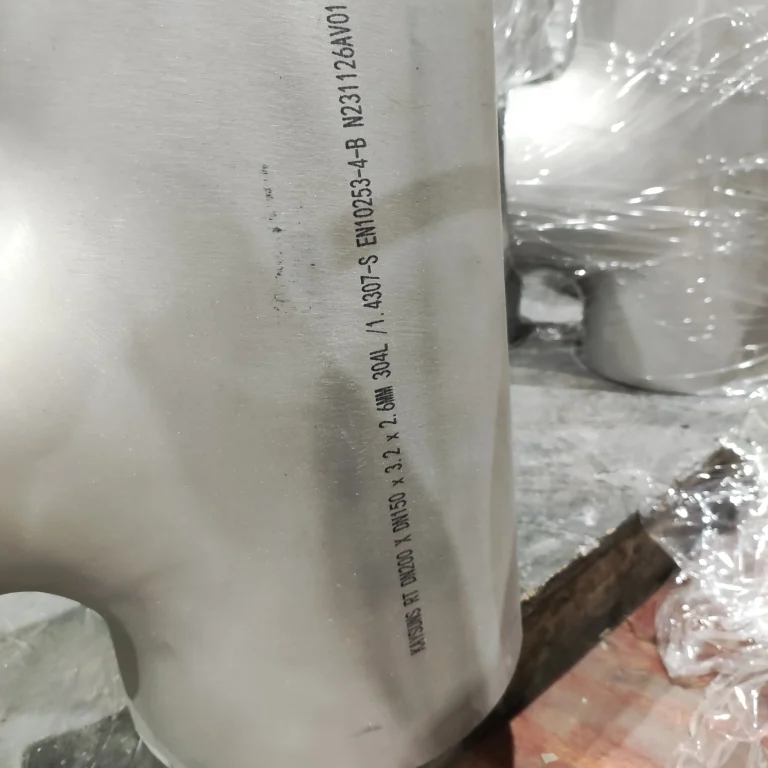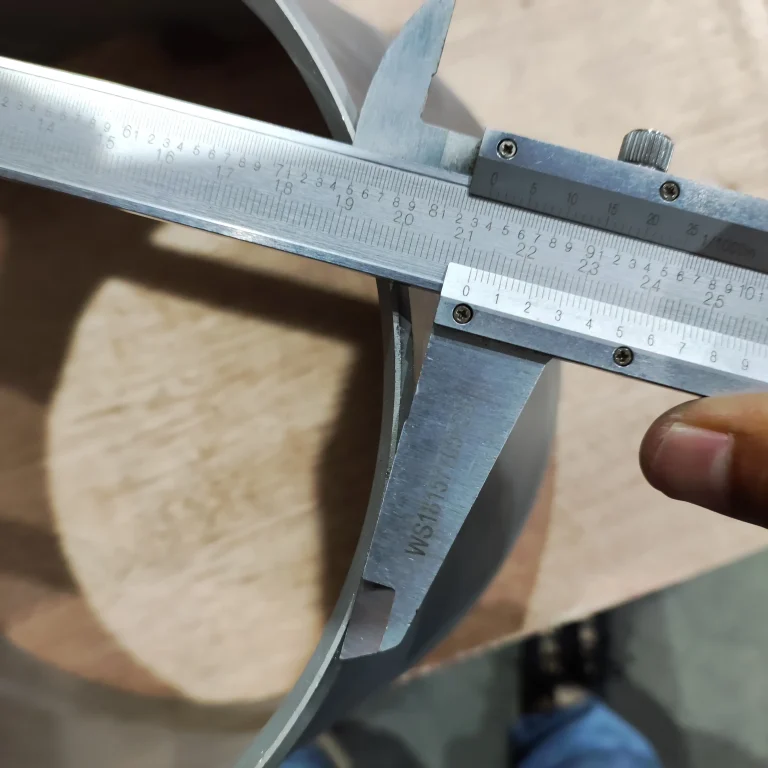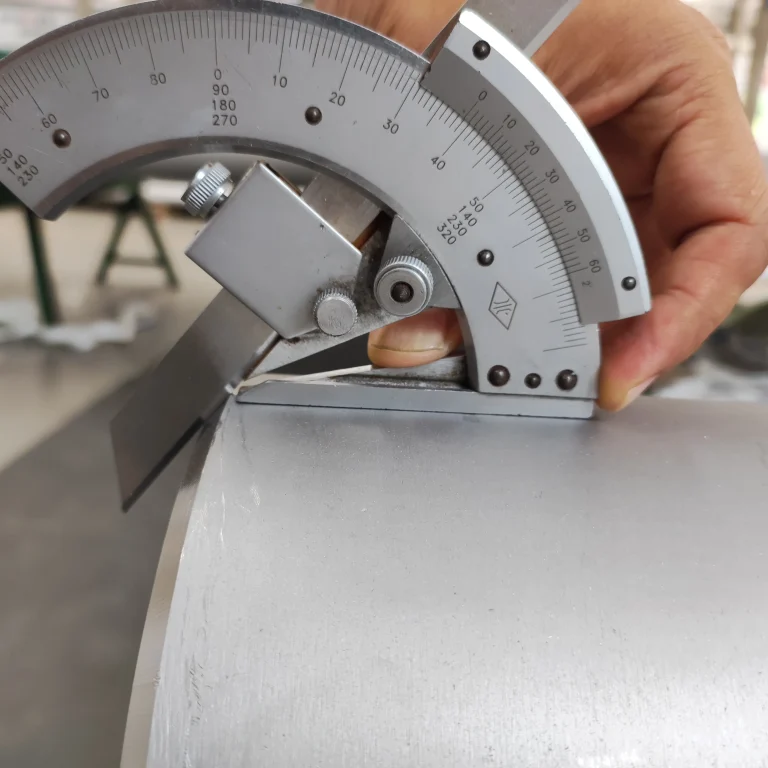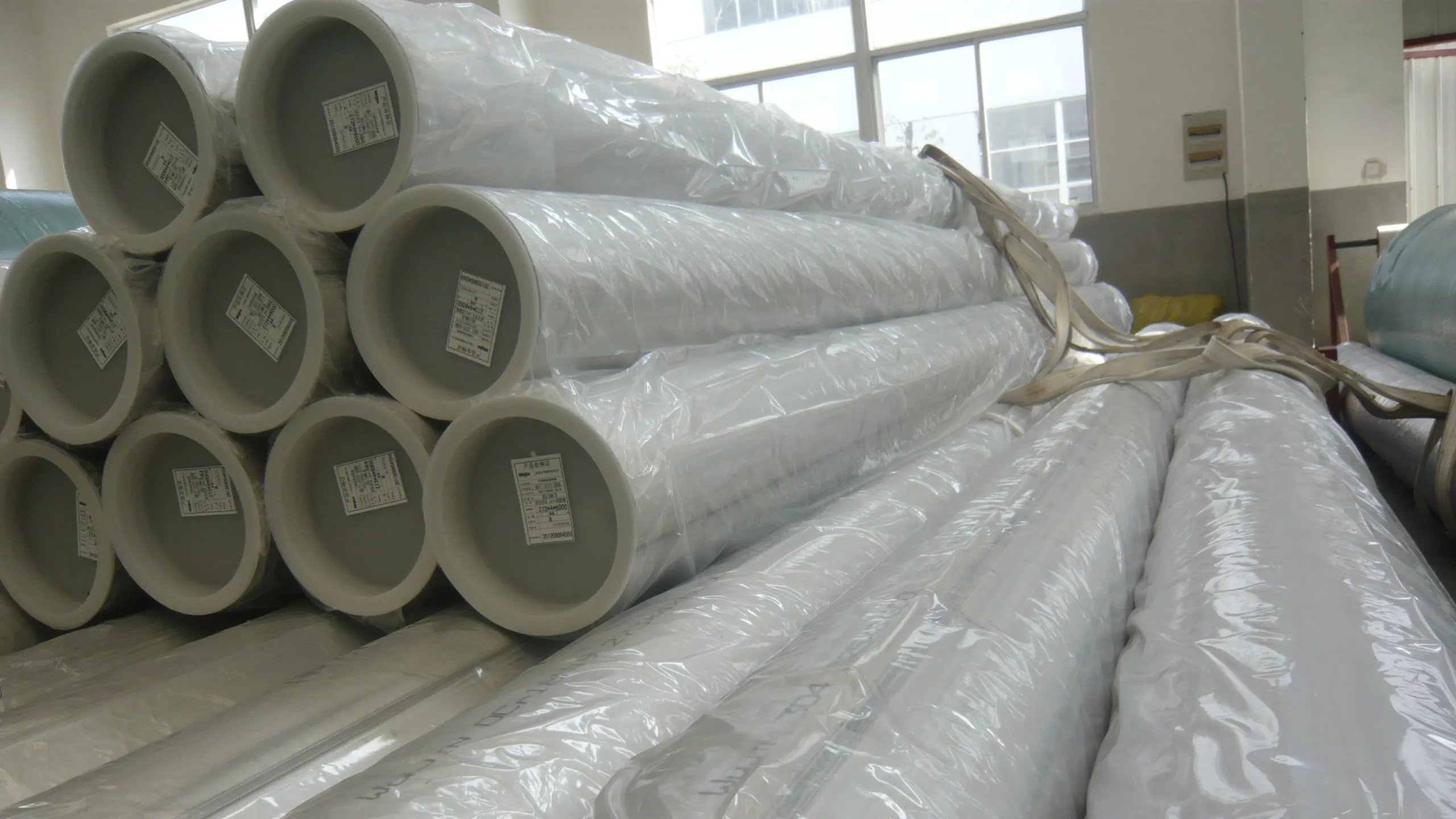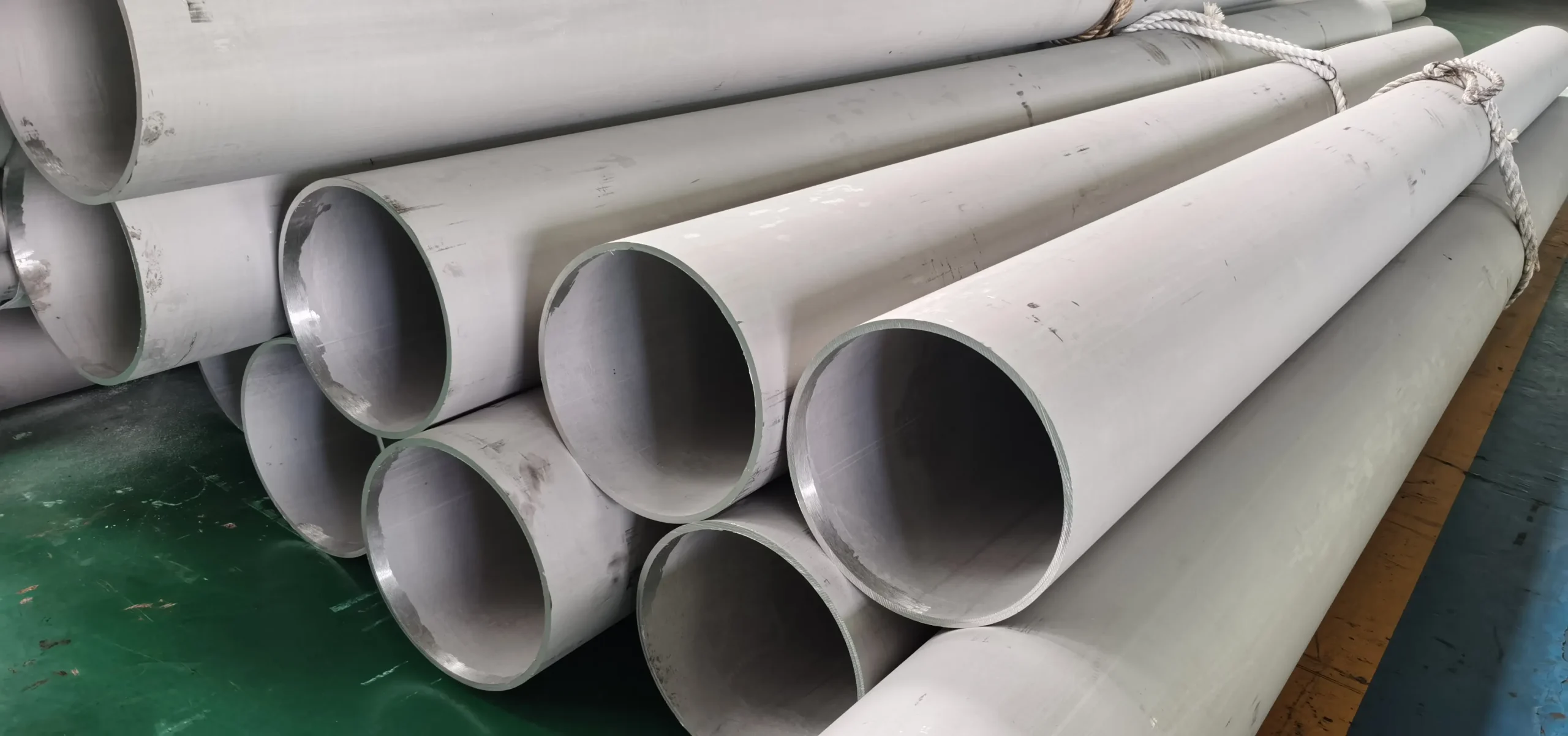¿Se empaña el acero inoxidable?Esta es una pregunta fundamental para cualquiera que compre tubos de acero inoxidable y accesorios de tubería de acero inoxidableLa respuesta es sencilla: el acero inoxidable de alta calidad resiste muy bien el deslustre, pero no es completamente inmune.
La ciencia de la resistencia del acero inoxidable
El mecanismo de protección del acero inoxidable reside en su pasividad. capa protectoraEsta fina película, compuesta de óxido de cromoSe forma instantáneamente cuando el metal entra en contacto con el oxígeno, protegiendo el hierro subyacente de la corrosión y la oxidación. Incluso si se raya o daña, esta película puede autorrepararse rápidamente mientras haya oxígeno.
Qué hacemos
- Plato
- Hoja
- Piezas forjadas
- Barra redonda
- Brida
- Tuberías
- Accesorios
- Personalizado
Más información
Factores que provocan el deslustre y la decoloración
El agua salada y las sales de deshielo son amenazas importantes. Los iones de cloruro son pequeños y corrosivos. Atacan y penetran en la película pasiva. Esto provoca corrosión por picaduraque aparece como deslustre u óxido.
Evite el uso de lejía, amoniaco o productos de limpieza muy ácidos.
La abrasión física daña la película de pasivación, dejando al descubierto el hierro subyacente y provocando oxidación.
Alto calor de soldadura de tuberías Esto hace que el cromo se aleje de los límites de grano, dejando la zona sin cromo muy vulnerable a la corrosión.
Ventajas clave de la resistencia del acero inoxidable al deslustre
Al entrar en contacto con el oxígeno, la película protectora se reconstruye inmediatamente.
Este material mantiene su lustrosa superficie durante décadas. Cuando se utiliza en entornos de leves a moderadamente duros, sus cualidades estéticas permanecen frescas y nuevas sin necesidad de pintura.
Los distintos grados de materiales se adaptan perfectamente a diferentes entornos.Acero inoxidable 316 es una buena opción para aplicaciones marinasmientras que otras calidades responden a exigencias de gran pureza o altas temperaturas.
La superficie no porosa facilita la limpieza y evita eficazmente la acumulación de suciedad y bacterias.Adecuado para sistemas de tuberías sanitarias.
Posibles causas del deslustre del acero inoxidable
Acero inoxidable 304 es propenso a la corrosión por picaduras en entornos con alto contenido en clorurosEsta corrosión localizada se manifiesta como manchas oscuras o decoloración.Con molibdeno como el acero inoxidable 316.
Las altas temperaturas durante la fabricación pueden causar decoloración, que aparece como tintes azules o amarillos en la superficie. tratamiento térmico posterior a la soldadura para devolver al material toda su resistencia a la corrosión.
La contaminación y la corrosión pueden esconderse en grietas estrechas. corrosión en grietasEstas condiciones suelen producirse debajo de juntas o elementos de fijación. Un diseño adecuado de las juntas puede reducir al mínimo estas zonas vulnerables.
En presencia de humedad, pueden producirse reacciones electroquímicas que aceleren el deterioro de uno de los metales.
Composición química
| Calificación | Cr | Ni | Mes | Resistencia al deslustre |
|---|---|---|---|---|
| 304 | 18.0 – 20.0% | 8.0 – 10.5% | – | Bien |
| 316 | 16.0 – 18.0% | 10.0 – 14.0% | 2.0 – 3.0% | Excelente |
| Dúplex 2205 | 21.0 – 23.0% | 4.5 – 6.5% | 2.5 – 3.5% | Superior |
Calidades comunes de tubos Propiedades mecánicas
| Propiedad | Grado 304 | Grado 316 | Grado 2205 |
|---|---|---|---|
| Resistencia a la tracción (mín.) | ≥ 515 MPa | ≥ 515 MPa | ≥ 620 MPa |
| Límite elástico (mín.) | ≥ 205 MPa | ≥ 205 MPa | ≥ 450 MPa |
| Dureza (típica) | ≤ 92 HRB | ≤ 95 HRB | ≤ 293 HRB |
Prevención del deslustre en tuberías y accesorios
- Seleccionar el grado correcto: Elija el grado en función del entorno de la aplicación. Cuando esté expuesto a la sal o al cloruro, utilice siempre grados de acero inoxidable 316 o dúplex. El mayor coste asociado a un mayor contenido de molibdeno está justificado.
- Limpieza y pasivación: Los materiales deben limpiarse después de la soldadura o el mecanizado. El tratamiento térmico posterior a la soldadura elimina la decoloración por calor y la ferrita superficial. La pasivación restaura la capa protectora de óxido de cromo.
- Evitar la contaminación por hierro: Strictly prohibit stainless steel from contacting acero al carbono. Iron particles will transfer to the surface, where they are highly susceptible to rusting.
- Mantenimiento rutinario: Limpie regularmente los accesorios de tubería de acero inoxidable. Utilice agua jabonosa suave para eliminar la suciedad y los depósitos de sal, asegurándose de secar bien las superficies después de la limpieza.
Puede que también quiera leer:
¿Se oxida el acero inoxidable?
Is Stainless Steel Magnetic ?
Contacto
- RM901 No.22 Tangjiaqiao Road Wenzhou China
- +86 577 8551 1171
- [email protected]
- https://www.kaysuns.com/
